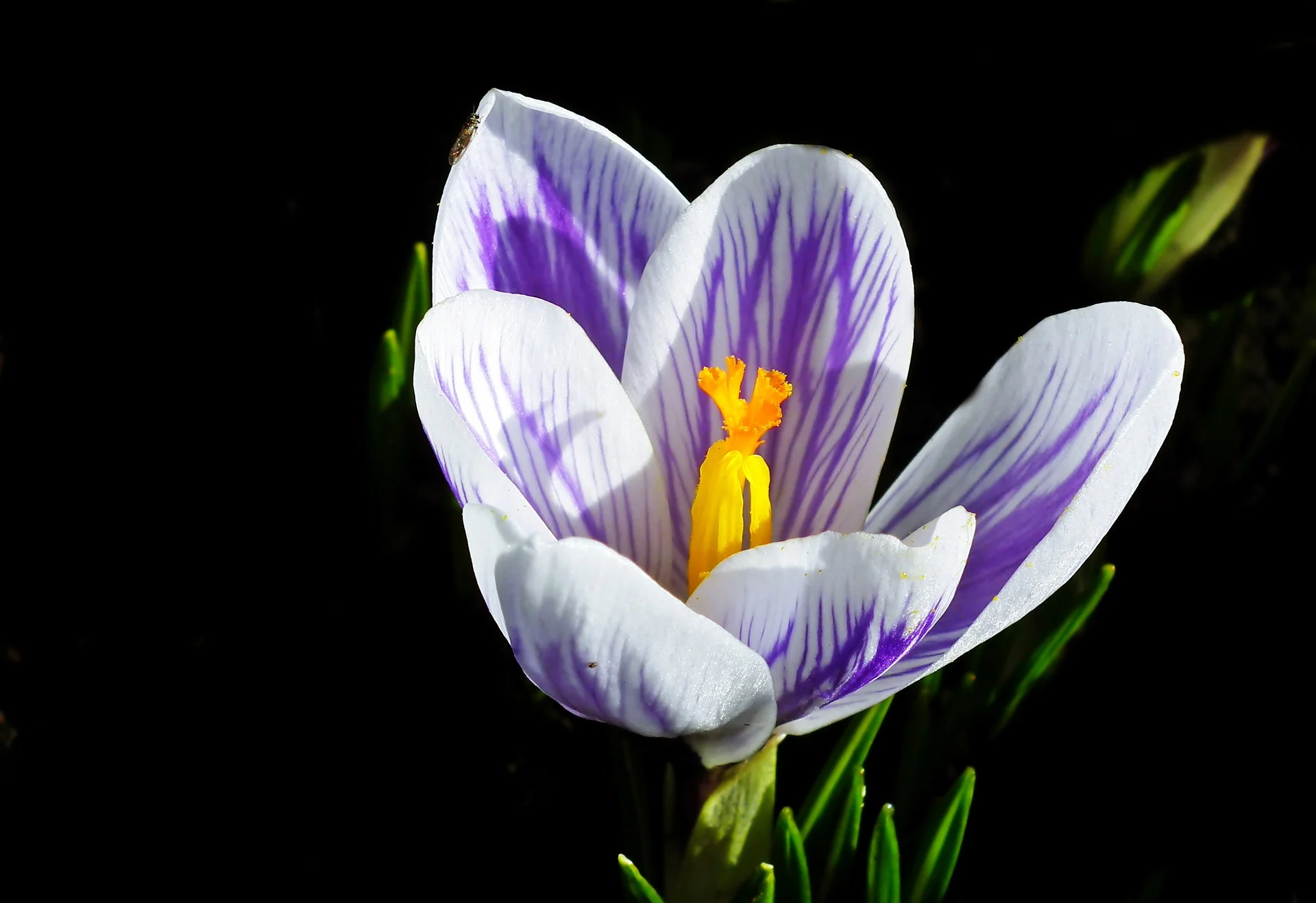
There are big benefits to filling your garden with native plants
Planning your garden? Experts agree - there are big benefits to skipping exotics and planting native species.
Native plants - i.e., foliage that naturally occurs in a region - are an important part of the ecosystem - but a significant portion of the plants available in nurseries are what's referred to as 'exotics,' which are grown in other parts of the world.
On a large scale, exotics can be a problem - out-competing native species, disrupting the food chain for wildlife, and changing the landscape of natural habitats.
Here are four benefits to planting native species.
1. NATIVE PLANTS SUPPORT WILDLIFE
"If you can increase the number of native plants that are from your particular region ... those plants will have the highest chance of supporting the most diversity of native species," Junaid Khan, a research ecologist and pollinator stewardship coordinator with Pollinator Partnership Canada, told The Weather Network in 2023.
Khan spoke with us about the role moths play in the pollination cycle, describing how native plants and pollinator species have evolved to benefit one another.
"Bees have developed these very specific and particular relationships that we're continuing to discover increasingly. And there are about 842 species of bees that we know, and we still don't know what their full floral network and relationships look like."
Canada has about 800 native bee species and 7000 moth species, and we still have a lot to learn about the unique relationships they've developed with plants.
"One of the crucial things about moths is that we probably don't even know the relationships that we are losing with moths and plants, because of the fact that we know so little about moths in the first place," Khan said.
And native plants don't just support pollinators. They also provide food and shelter to countless native species of rodents, amphibians, fish, and insects, among other creatures.
2. NATIVE PLANTS SAVE WATER
Native plants tend to be better at retaining moisture than non-native varieties. It's an evolutionary advantage that can translate into big savings for you - in terms of money, resources, and effort.
3. NATIVE PLANTS ARE MORE WEATHER RESISTANT
Canadians are weather hardy - and so are our plants. Native greenery is more likely to survive Canada's harsh winters, rollercoaster springs, and summer dry spells, increasing the chances they'll bloom in your garden year after year.
4. NATIVE PLANTS TEND TO REQUIRE FEWER PESTICIDES
Once established in your garden, native plants are relatively easy to maintain. It's that home advantage once again: over time, native species have developed natural defenses against local diseases and 'pest' insects that can damage or kill exotic plants. If you'd like to cut down on harsh chemicals and encourage natural predator insects to do the work instead, native plants will help.
IDENTIFYING NATIVE PLANTS
Libraries, local botanical gardens, and even government websites can be helpful resources for identifying native plants.
Websites like CanPlant and the Canadian Wildlife Foundation Native Plant Encyclopedia can point gardeners in the right direction.
For design inspiration in southwestern Ontario, check out the Arboretum at the University of Guelph, either online or in person.
The Gosling Wildlife Gardens, features a series of five backyard gardens set up to show visitors how to use their backyards to attract and support a wide range of wildlife species.
Thumbnail image courtesy: MrGajowy3 / 9202 images / Pixabay.











